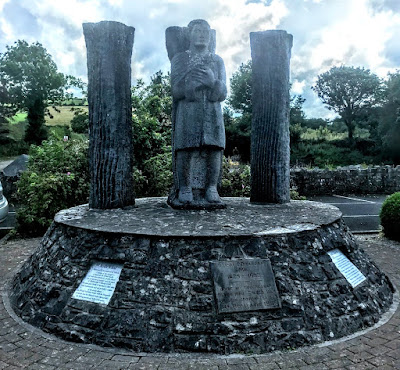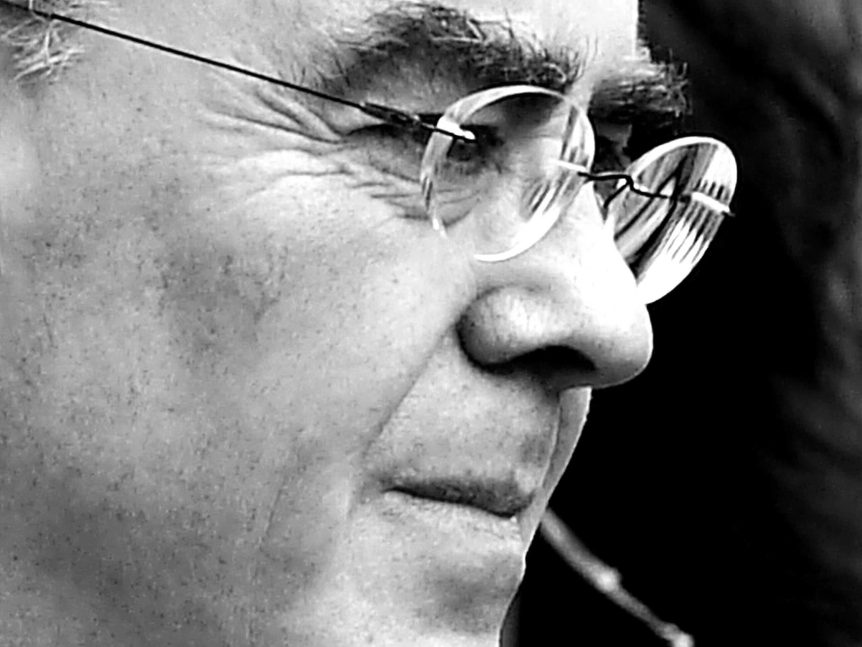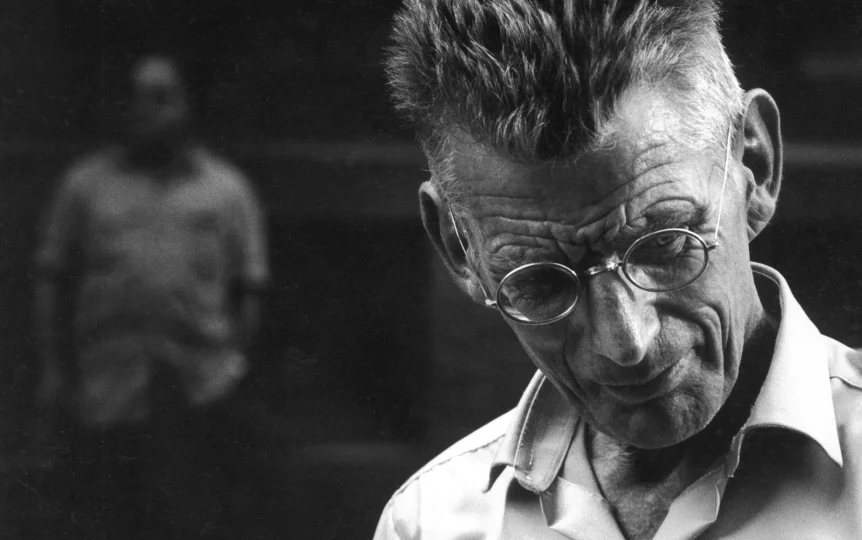How did you develop your craft?
I think craft absolutely matters, and one of the most edifying things I have done in the past few years is to familiarize myself more with the Bardic Tradition of Ireland.
I took a graduate course on the 17th and 18th centuries in Ireland, a literature and history course, run collaboratively through Harvard and the University of Connecticut. It was a fantastic experience, and it introduced me to this particularly cataclysmic period in Irish history. During this period the old Bardic Tradition was both falling apart with the rest of the Gaelic Order, while simultaneously producing some of the most iconic literature of the island’s history. Daibhí Ó Bruadair, Aogán Ó Rathaille, Séamas Dall Mac Cuarta – real heavyweights in the history of Irish poetry.

Is there something about these particular poets or this period that helps you in your development?
All of these poets were committed to the craft of poetic writing. The bardic tradition of writing that was the socio-cultural inheritance of poets like Ó Bruadair and Ó Rathaille, that they were fighting to preserve, represents a significant alternative to our own popular conception of “the poet” as a socio-cultural figure. You find that poets of the Bardic schools weren’t the sort of stereotypical “big R” Romantic figures we have come to envision when talking about poets and writing poetry – isolated, emotive, and driven by inspiration.
The Bardic poets were essentially craftsmen. They didn’t sit around in nature waiting for something to come to them out of the ethers. They trained for decades in specialized trade schools, worked diligently year after year, learning complex formal patterns, poetic formulae, composing and memorizing just oodles of verse, including historical and legal tracts as well. They were king makers and king breakers. The great triad of early Ireland was King, Bishop, Poet. Poets held the histories, the lore and genealogies, and as such, the underpinnings of a king’s claims to legitimacy. The institutional nature of their training developed the craft of poetry in a meticulous and almost scientific way.
It is somewhat of a curse, I think, to be stuck waiting around for inspiration. That process of waiting to be inspired can undermine your ability to actually write anything. But it’s also hard to get away from that way of thinking. So, for me, it is a constant struggle between thinking you need inspiration and the idea that you apply your craft and just get down to writing.
So craft rather than inspiration as the key motivating factor to the process of writing?
It’s certainly more sustainable.
I run an Irish Literature and Translation course here at Berkeley, and I’ve been working with my students on Ciarán Carson’s translation of “The Midnight Court”. Seamus Heaney, of course, wrote significantly about how he found a way into his translation of Beowulf when he discovered the word “thole”. That word had travelled down through the generations, across continents, and into the dialect of his own family in rural Derry, which he used for his target language, Scullionspeak.
In contrast, Carson describes in his preface to “The Midnight Court” how he found his way into his translation through the Irish jig rhythm, the resonance between that rhythm and the rhythm of Merrimen’s verse. He found a formal connection – a musical connection, through traditional music. I think often the way into a poem or translation is not necessarily the meaning of the words per se, but the sound of the words, and that is something I find incredibly valuable for my own work.
However, the question of craft, and concentrating on developing that aspect of your writing, means that you should be able to write as a matter of course, as those Bardic poets were able to do, rather than having to wait for some sort of inspiration.

Are there any themes that you investigate through your own work?
I was for a long time dedicated to lyrical poetry. I think narrative modes tend to dominate in American poetry, and for a while I think I was curmudgeonly resistant to that. It’s part of the reason I was drawn outside the US to study. But I have since developed narrative modes of writing because they lend themselves to interrogating the themes of memory and forgetting, and ultimately I think the distinction between lyric and narrative necessarily one of mutual exclusivity – a poem like Louis MacNeice’s “Autumn Journal” incorporates both modes in some singularly striking ways, for example. But narrative in particular allows you to navigate historical events, and History itself is bifurcated by definition: the events themselves and the narratives we construct to explain and understand those events. And all of it is intimately wrapped up in our ways of remembering and forgetting. That is something that I come back to again and again.
Another theme that emerges in my work is the idea of language and the tension between the interior, what we think of as our own internal monologue, and the exterior, how we use language to communicate with others, and how we also rely on others for elements in the construction of our own allegedly interior worlds.
How do you come to being concerned about these particular themes?
I remember I was reading a lot of Samuel Beckett when I first moved down to Austin, Texas. I felt I was deficient in my understanding of Philosophy, and Beckett gave me a way in. I worked my way through Camus, Schopenhauer, Kierkegaard, Cioran, etc., but I kept on at Beckett all the while, keeping him close as a kind of sounding board. Part of what I gained from that line of reading was thinking about the difficulties in actual communication, and this is evidenced in Beckett’s work in particular. The idea that you are trying to communicate something with other people, and that communication inherently fails because they are unable to understand, unable to make sense of the language you use when you are trying to communicate with them. Even when the general “message” comes across, the minutiae of meaning and form don’t quite align. It’s akin to the conundrum of translation, really.
There is also the question of the number of different languages which human beings use to communicate, and the difficulties and misalignments that emerge when we try to communicate with people who don’t understand our own language. Of course, it’s also Beckett that reminds us that, for all the philosophical theory in all of this, it always fundamentally comes back down to the practice, the shape and shaping of language itself, the craft.
So, languages generally, memory and forgetting, communication and the difficulties which emerge through the use of language, would be themes I return to through my work.

What about writing poetry. Does structure matter?
I tend to see writing poetry as an exercise similar to building one of those stone walls you find all across New England, the ones that don’t have any mortar holding them together. They are stacked in such a way that the walls stay solid for generations. So I’m trying to find the right building blocks, the right stones, to create a structure like that, every time.
I think you utilise language, put together words, finding the right words, the right phrases, chipping away at these building blocks, add something here, remove something there, and eventually each piece fits together solidly and a structure emerges which allows that text to communicate something to another person, or at the very least you hope that it will. Structure is inevitable. It remains in place, it stands, and once that structure is in place, it begins to weather in revision. And as people attempt to interpret meaning, themes and ideas, from the poem, it takes on new valences and new possibilities. New ways of reading the poem’s landscape. Something like that.
If you would like to see more of the work of Matthew Ryan Shelton – see link below
